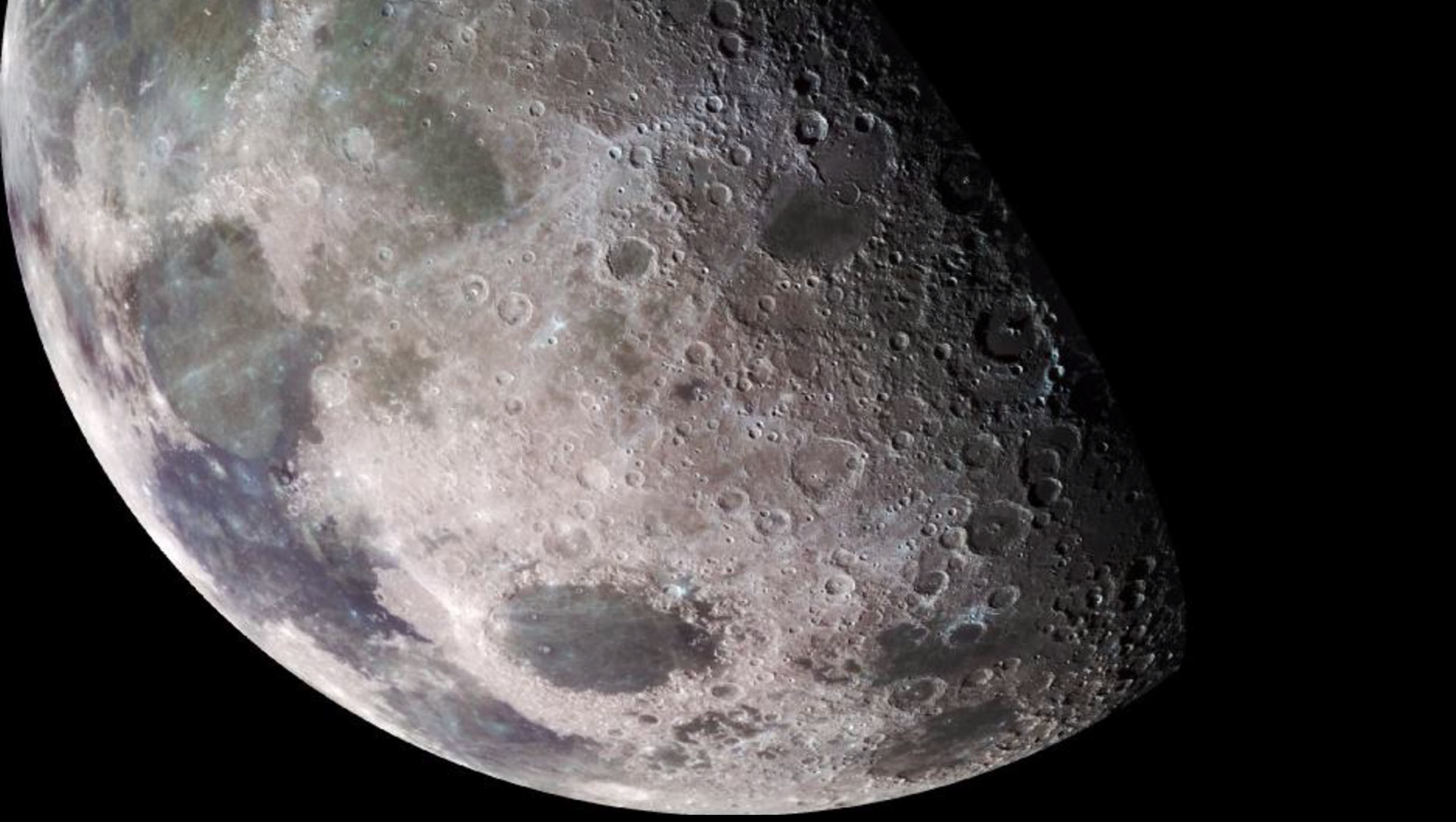Create a free profile to get unlimited access to exclusive videos, sweepstakes, and more!
Could the Moon electrocute astronauts?

Some of the discoveries astronauts will make on the Moon (if they can get there by 2024) may be shocking, but they could also experience a whole new level of shock.
Moon dust can actually cause electric shock. University of Southern California plasma physicist Joseph Wang and his research team recently investigated yet another danger of lunar regolith besides the jagged particles that can damage both hypersensitive science equipment and human lungs. They tested whether spacesuits could be susceptible to shock, especially if they were covered in dust. Some regions of the Moon’s mostly unexplored far side are highly charged — and could zap astronauts.
“Lacking a global magnetic field and an atmosphere, the lunar surface is electrically charged by the impingement of the space plasma and the emission of photoelectrons,” Wang said in a study that he presented at the annual American Geophysical Meeting in San Francisco. "Future lunar missions will explore the lunar terminator and far-side where high voltage charging (hundreds to thousands volts negative) can occur. This raises concerns on possible charging/arcing risks for astronauts on lunar surface.”
Electric shock happens when electrical energy from a charged source flows through your body. It’s usually no worse than a random burst of static, but enough volts can send you to the hospital and even be lethal. Earth’s magnetosphere protects us from that risk by deflecting solar wind that comes at us a million miles an hour. Moon dust is electrostatically charged in two ways, according to NASA. It can absorb charged particles from solar wind or get directly injected with a charge by sunlight.
Wait. Shouldn't we have known about the danger of potential electrocution on the Moon if humans have been there before? The problem with the Apollo missions, as Wang explained in the study, was that those astronauts stayed in sunlit areas where photoelectron emissions weren’t happening. When you’re standing on the side of the moon that sees sunlight, solar ultraviolet and X-ray radiation (which Apollo moonwalkers were protected from by their spacesuits) has enough energy to sucker-punch atoms and molecules in the soil and knock out their electrons.
It’s the mysterious far side that we’re eager to explore which could also be the most dangerous. While just touching material from the far side may not be enough to send an extreme electric current through your body, no one knows what might happen if astronauts start digging up and moving large amounts of that regolith in the future. It might be safer for the astronauts to use the newly NASA-approved Ntention smart glove to push around robots that can do these kinds of tasks. At least the worst that can happen to a robot is that it breaks down, and robots are replaceable.
To see how much astronauts would be risking with exposure, Wang and his team measured just how much charging and arcing (when a gas has an electric breakdown and sends an electric current through the air) affected both clean and dusty suits made of Gore-tex. The latter were covered in a lunar dust simulant. Sure enough, the clean suits were not prone to shock, but the more dust there was on the suit, the higher the chance of getting zapped.
“Dust coverage enhances differential charging on surface and creates ‘triple junction’ points which trigger arcing onset,” said Wang. “The results indicate that charging/arcing may pose a serious safety risk to astronauts at the lunar terminator and far-side due to the combined condition of dust coverage and high-voltage charging.”
What Apollo 17 astronauts did witness was lunar dust levitating due to electrostatic charging. The solar radiation that knocks out electrons builds up positive charges in the process, and these charges increase until dust particles are bumped off the surface and sent flying through the air. The crew called this phenomenon “twilight rays,” but it was really dust floating far above the Moon’s surface and set aglow by sunlight.
At least we have a few years to level up our technology before anyone ventures to a charged part of the Moon.


























